Whether it’s by moving quickly to develop and place stories and news based on industry trends or competitive moves, or by providing spokespersons with regular opportunities to interact with industry analysts, journalists and social media influencers, I have always specialized in continuously identifying new and highly effective ways for clients to increase message placement, positioning and visibility opportunities.
A communications opportunity can be especially powerful if it’s based on an industry first. And as many of my clients know, I’m a big fan of creating and promoting industry firsts. This is because a true industry first – typically, a first that can be validated by an industry analyst – is often a valuable proof point for establishing market leadership and for generating buzz and excitement among target audiences.
The IDDY Award – pronounced Eye-Dee, as-in I.D. – and standing for Identity Deployment of the Year, is a great example of a communications program I developed with the number one goal of consistently providing clients with new visibility and positioning opportunities.

And the IDDY was an industry first. It was the first award to recognize excellence in digital identity management and once the program was launched, soon became the award many in the global digital identity, security and privacy sectors wanted to win.
On the branding front, the IDDYs were about shining a spotlight on how digital identity management was being deployed across vertical market segments. On the communications front, the IDDYs were about managing multiple proactive media and social media campaigns to establish and continuously expand brand awareness and to build a high degree of prestige into every aspect of the program.
All winning organizations, along with the individuals involved in developing a winning application, were rightfully positioned as leaders in the global digital identity industry.
Proactive outreach in support of IDDY positioning focused on building excitement, momentum and a bit of fun and suspense into every IDDY campaign. Twitter and Facebook were used to publicize the call for nominations and to issue industry-wide calls for participation.
And the calls were answered by technologists, IT departments and public relations teams, as first-year IDDY nominations poured in from around the world.
Shortly after the call for nominations closed and the judging team had completed its task of reviewing award submissions, I was developing news and took to social media to work on another industry first, announcing that Deutsche Telekom, New York State Education Agencies and the UK Government had won the industry’s first IDDY Awards.
Promoting the first-year winners resulted in a wide range of feature stories and blog and social media posts published in multiple regions and languages. PR and social media teams from winning organizations developed their own promotional strategies, which helped drive IDDY brand awareness and visibility into a variety of new markets.
Ongoing buzz and leadership positioning kept high-quality nominations rolling in and during year two, three and four of the IDDYs, I was promoting winning applications from Aetna, Citi, the U.S. Department of Defense, Gemalto, Google, Oracle, the New Zealand Government, NTT and Vodafone in regional, national and international markets
Building and promoting strategic industry relationships was another important factor in driving excitement and a high degree of prestige into the IDDY program.
By the time year four rolled around, the international judging panel had grown to include several of the world’s most influential experts in the identity industry, top-tier industry analysts and journalists covering the identity, security and privacy beats.
But it was the relationship with the Digital Identity World conference that added a whole new level of excitement to the program. DIDW is where the IDDYs found a home and where the program became an important part of the conference agenda.
One of my senior client spokespersons would review the IDDY program during a highly promoted DIDW keynote session where winners were called up to the stage to receive their award. Social media outreach focused on building suspense and included a daily countdown to announcing IDDY winners and live tweeting of the award ceremony.
The keynote was followed by an incredibly well-received IDDY panel session where winners discussed their application in detail and took questions from the audience, which included DIDW participants and industry influencers I personally invited to cover the event.
Proactive media and social media outreach in support of the awards ceremony and the events leading up to the keynote and panel presentation always generated a significant amount of coverage. And of course, generating coverage was one of my top goals when the program was conceived and launched.
But the entire IDDY communications process can also serve as a case study in successful content development and marketing on a global scale. The IDDYs were a proof point in demonstrating how effective my blended approach to communications had become in delivering results and was the first marketing program I managed that proved content truly is king.
Marketing the IDDY was based on a year-long content calendar that began each year when news was issued to formally announce a call for nominations. This was followed by news announcing judges, news announcing the keynote and panel session at DIDW and ultimately, by news announcing winners.
A social media plan that included the development and promotion of blogs, case studies, images and webcasts was in place for every news release. This content – all developed to reinforce the IDDY brand – served as the strategic content I would regularly point to on social media to help keep the IDDY visible all year long.
I brought the idea of the IDDYs to my client team – which included senior marketing and technology representatives from Ericsson, France Telecom, HP, Intel, Nokia, Novell, NTT and Oracle – during a communications planning session that took place in conjunction with an industry analyst and media event I was managing in Vancouver.
Once client teams gave the green light to launch the award, it didn’t take long before the program was exceeding every communications goal established during the planning process.
This was due in part to the excitement and buzz created by proactively promoting the industry firsts associated with the award. But it was also because the industry recognized that there were so many short and long-term positioning and visibility opportunities available to winners.
After managing the launch and all aspects of global communications for the IDDYs for four years, I’ve seen what an honor it was for an organization to win an IDDY and how winners used the award to successfully promote business units, people and products.
This is why, if the IDDY program were still around, I would absolutely counsel eligible clients in the identity, security and privacy sectors to apply for an award.
Today, I’m often on the hunt for award programs I may be able to incorporate into client planning and content calendars. But there are many times when I can’t find an award that’s right for meeting client positioning objectives.
It’s during these times when I look back at launching the IDDYs and think it just might be time to work on creating an entirely new award focused on one of today’s hot technology trends.
Until that award comes along, check out my newest Pinterest Board showcasing some of the great folks involved in the IDDYs over its incredibly successful seven year run. – Russ DeVeau
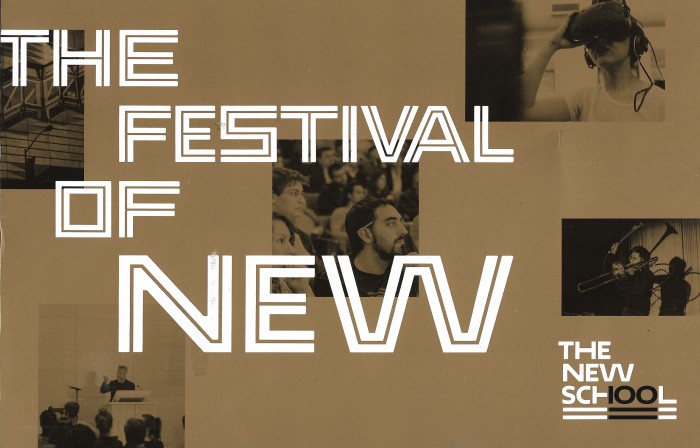
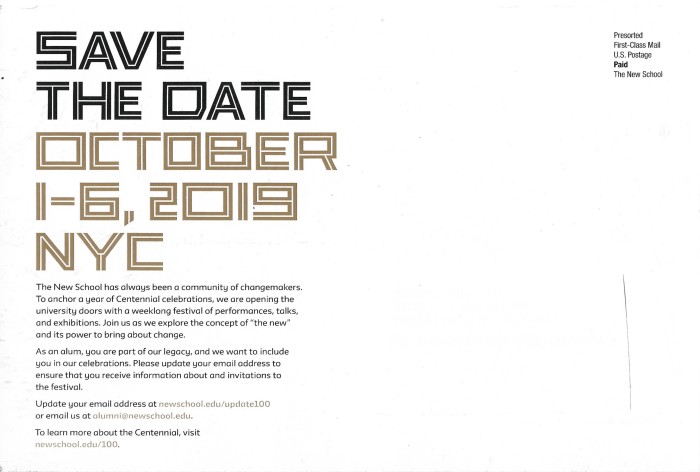




 Speaking of
Speaking of 
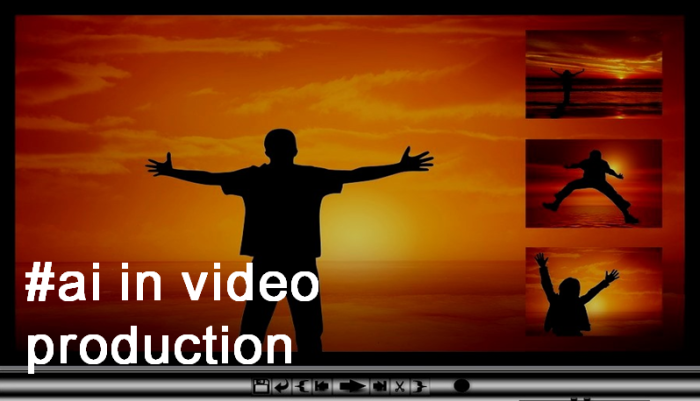
 Having worked with data center, enterprise cloud and Industry 4.0 executives for the past several years, I know how confusing terms related to IoT and edge and fog computing can be to anyone looking to get up to speed on these fast-moving technologies.
Having worked with data center, enterprise cloud and Industry 4.0 executives for the past several years, I know how confusing terms related to IoT and edge and fog computing can be to anyone looking to get up to speed on these fast-moving technologies.
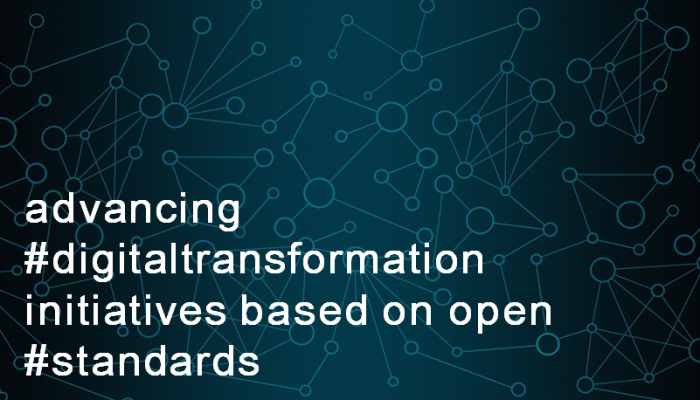 Many industry experts have stated that open standards will help speed the deployment of a wide range of Industry 4.0 and IoT initiatives.
Many industry experts have stated that open standards will help speed the deployment of a wide range of Industry 4.0 and IoT initiatives.

 has moved to a WordPress site.
has moved to a WordPress site.

 As an
As an 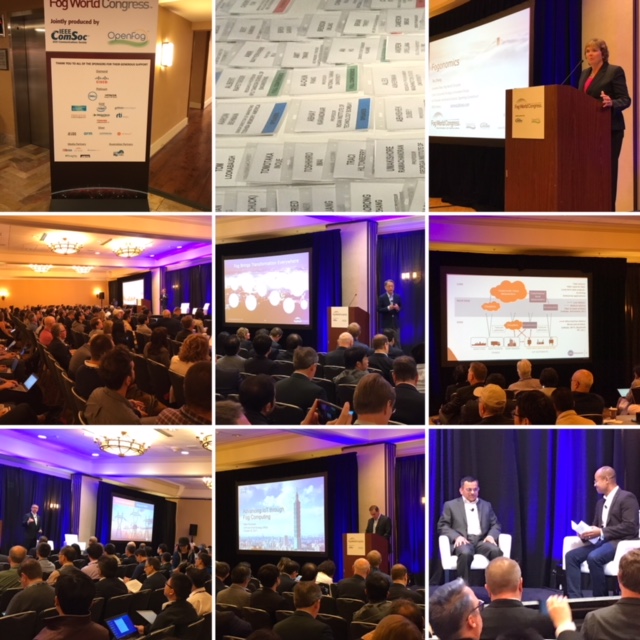


 This
This  I came cross this name badge buried in an old laptop bag.
I came cross this name badge buried in an old laptop bag.



